What is Informal Photography?
Here at Astral Gaze, I say that I take “informal photography” or “informal film photography.” But what does that actually mean? What’s the definition of “informal” in this context?
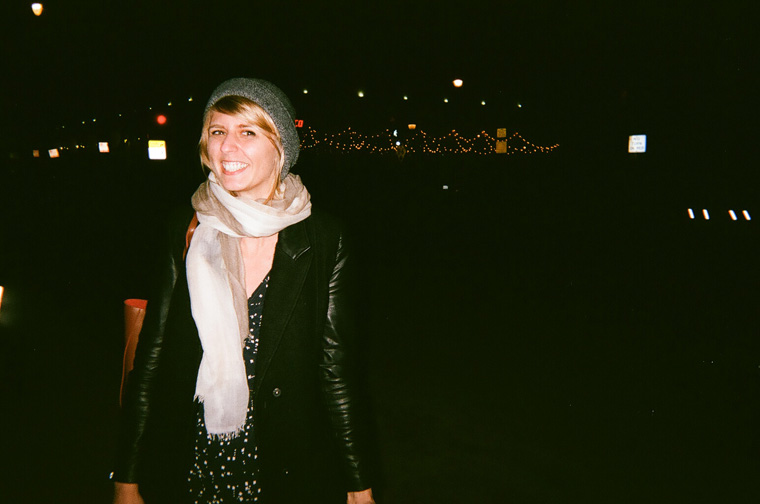
That’s a good question. The term “informal photography” is not strictly defined or taught in classes. In fact I may be co-opting it a little bit for my own purposes.
My Version of Informal Photography
To me, it’s all about catching people in natural settings, not overly posed or contrived, and capturing who they are inside.
I want to convey your style, your expressions, your inner self. I want to take your personality and ingrain it on film. To me, it’s about who you are naturally.
Sometimes poses can’t be helped, especially if you need photos for a specific purpose and need to look a certain way in them. But there’s a vast difference between a manufactured set of poses and having more freedom to pose more fluidly.
In some ways it’s similar to street photography, but that term has additional connotations that informal photography doesn’t.
Different expressions are good. Sometimes I’ll try to get you talking about things you love – your pets, your kids, your passions – because your face will immediately light up with a glow that you can’t easily fake. Sometimes I’ll just try to get you laughing with really terrible puns.
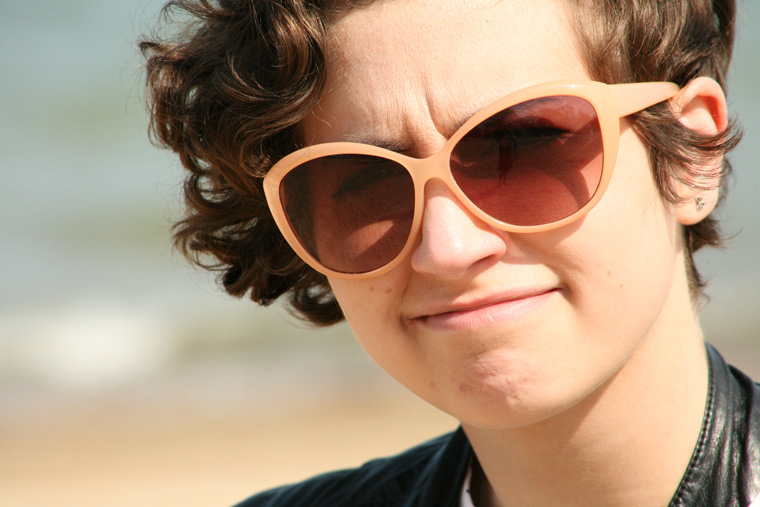
If we’re at a party or event, or if there are multiple subjects, then it’s nice to see you and others interacting naturally, talking, smiling, arms moving.
To me, informal also means natural lighting. This doesn’t prevent me from using lights that exist in the environment already – streetlights, stage lights, others – but it does mean being faithful to the environment we’re in. I consider being honest to the setting a point of pride. (Though in the dark, a camera flash is permissible.)
The overall mood or tone of these photos will be more relaxed, chill, casual than most. Often they can convey a sense of “behind the scenes” and suggest honesty, integrity, and straight-talk. You’re being trustworthy and vulnerable – you’re showing people the real you.
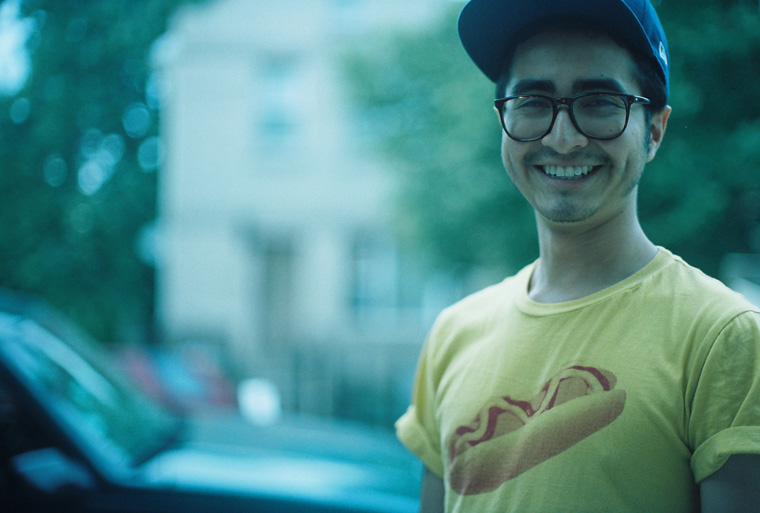
These photos can also feel more “textured” since there’s less smoothing out of the fine details. That’s what makes you real.
What Informal Photography is NOT
Just because the photo is informal does not mean I get to be lazy about taking the shot. On my end, I still have to make sure the technical details are perfect. I can’t capture your personality if I don’t have you in focus and you’re too under-exposed to be seen.
Granted, sometimes it’s good to play a little fast and loose with the regular rules of photography. A slight bump or dip in exposure, a little loss of focus here and there, a little extra grain can all impart certain tones to the final picture. The thing is, this has to be done on purpose. To break the rules on purpose, you have to know the rules in the first place.
If it’s too professional looking, if the focus is shallow and the smile is fake, it’s just going to look like another boring headshot.
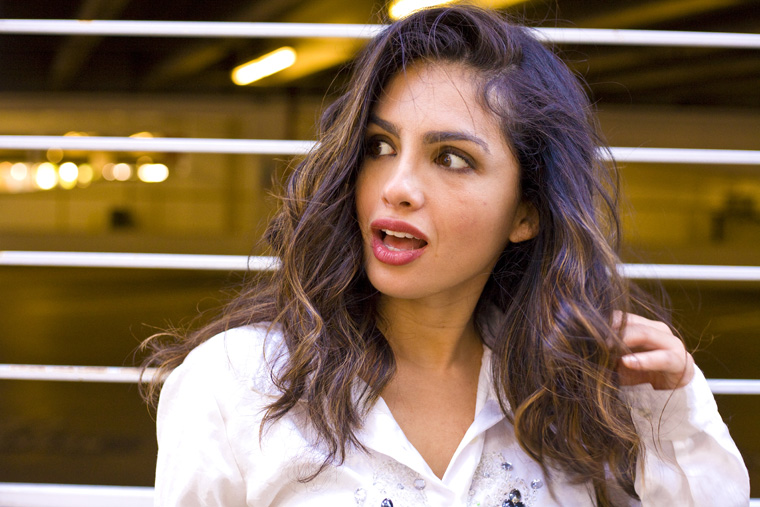
Similarly, the composition of the picture still matters. I think it’s more likely to be aligned to a third rather than the center line, but this is far from a hard rule.
There is such a thing in photography as “formal balance” and “informal balance,” but this is not that. However, informal balance can often be used in informal photography. Informal balance is when a photo isn’t symmetrical, but still “feels” evenly weighted.
It’s not about the style of clothing. Sometimes overly formal clothing can suggest a professional photoshoot, but I argue that when done in the right way, wearing formal clothing can reinforce the informality of the photo. It provides a juxtaposition of clothing to overall mood. This will especially show that you’re taking the viewer “behind the scenes,” almost like they’re seeing you backstage after the rest of the public saw you normally.
In a way, it’s like you’re sharing a secret just with the viewer. They get the privilege of seeing you in a casual pose, casual setting, while still in your professional get-up.
Most settings are just fine for informal photography, but if we’re in a studio or some other traditional setting, then we’ll have to work against it. This is another opportunity to think outside the box and let a juxtaposition shine through – perhaps you’re standing to the side of the regular backdrop, or otherwise apart from it.
The same applies if we’re at a famous landmark. The landmark could be put out of focus or mostly out of frame, making you seem above it all but still genuine.
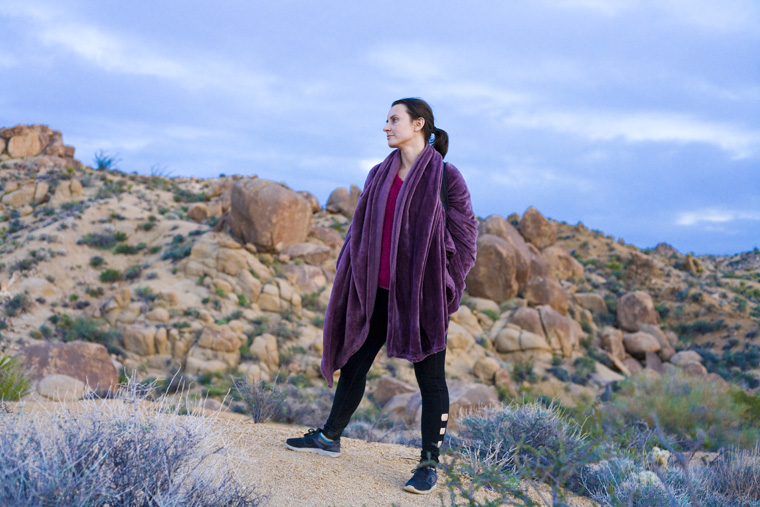
Lastly, few to no edits take place in post with these photos. Sometimes small corrections here or there are necessary, but the point is that the photo has to be honest and true. (This is more true with film than with digital.)
Be Honest
Of course, you’re not going to throw out your more formal photos and do this sort of thing exclusively. There is a time and a place for both.
Informality conveys integrity, honesty, and truthfulness. Isn’t that what you want to bring to your fans, friends, and followers?
If you’re of the same mindset I am about this, come and shoot with me.
